Fukushima Workers Discover Deadly Spike in Radiation
Radiation at the bottom of a storage tank jumped to a level that can kill a person in four hours. So far, it hasn't leaked, but Tokyo Electric Power says it doesn't know how the spike occurred.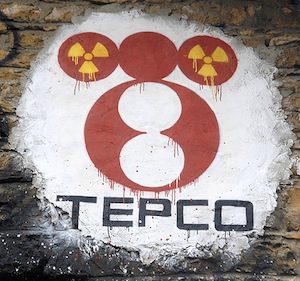
Workers at the Fukushima nuclear power disaster site have made an uncomfortable discovery: radiation levels 18 times higher than anticipated at the bottom of a holding tank. The levels are high enough to kill a person within four hours.
So far, Tokyo Electric Power (Tepco), the private firm that operates the shuttered and shattered facility, says the compound hasn’t leaked from the storage tank. But a similar tank already leaked 300 tons of contaminated water, most likely into the Pacific Ocean, and other radiation flows continue through groundwater seepage.
Most troubling: Tepco says it doesn’t know why that radiation spike occurred, an admission not likely to engender much confidence in the firm, already under fire for misstatements, incomplete reports and a general sense that it is ill-equipped to control the persistent problems that began when a tsunami blasted through the site in March 2011.
Judging by this report in The Guardian, being a site worker at Fukushima has to be one of the most dangerous jobs around:
The high radiation levels announced on Sunday highlighted the dangers facing thousands of workers as they attempt to contain, treat and store water safely, while preventing fuel assemblies damaged in the accident from going back into meltdown.
Japan’s nuclear workers are allowed an annual accumulative radiation exposure of 50 millisieverts. Tepco said radiation of 230 millisieverts an hour had been measured at another tank, up from 70 millisieverts last month. A third storage tank was emitting 70 millisieverts an hour, Tepco said. Radiation near a pipe connecting two other tanks had been measured at 230 millisieverts.
Tepco admitted recently that only two workers had initially been assigned to check more than 1,000 storage tanks on the site. Neither of the workers carried dosimeters to measure their exposure to radiation, and some inspections had not been properly recorded.
The new radiation spike was measured at 1,800 millisieverts an hour — 36 times the annual exposure Japanese regulators says workers can endure.
And lower levels of radiation continue to seep into the sea as the world’s second-worst nuclear disaster — after Chernobyl — continues unabated.
—Posted by Scott Martelle.
Your support matters…Independent journalism is under threat and overshadowed by heavily funded mainstream media.
You can help level the playing field. Become a member.
Your tax-deductible contribution keeps us digging beneath the headlines to give you thought-provoking, investigative reporting and analysis that unearths what's really happening- without compromise.
Give today to support our courageous, independent journalists.


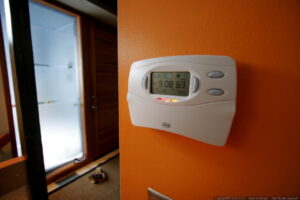

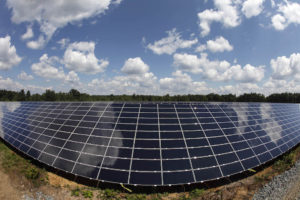
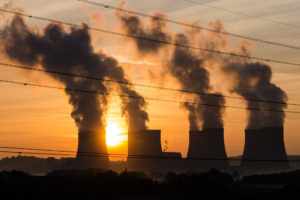
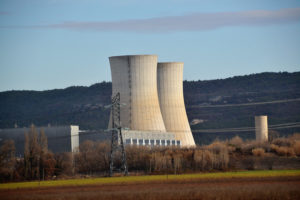


You need to be a supporter to comment.
There are currently no responses to this article.
Be the first to respond.